The San Pedro Town Council (SPTC) is currently using sargassum as a landfill and mixing it with material to build a new boulevard in the San Pedrito subdivision. This innovative approach not only puts the seaweed to good use but also keeps the smell down, making the community a better place to live.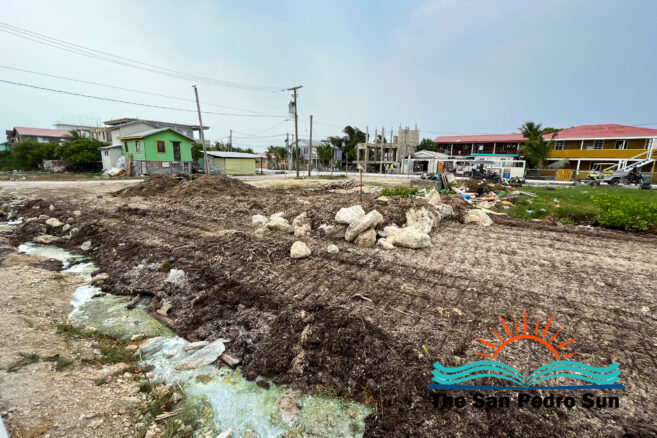
SPTC works on this project with the National Sargassum Task Force and other departments. They are ensuring that the use of sargassum does not affect the community’s well-being while taking all measures to reduce the smell and leaching from sargassum during intense cleanup days.
Under the leadership of Mayor Gualberto “Wally” Nuñez, the sargassum plan of San Pedro Town is not just a council priority but a community effort. “We value your ideas and solutions and are building on the lessons we’ve learned from previous years to coordinate all cleanup efforts.”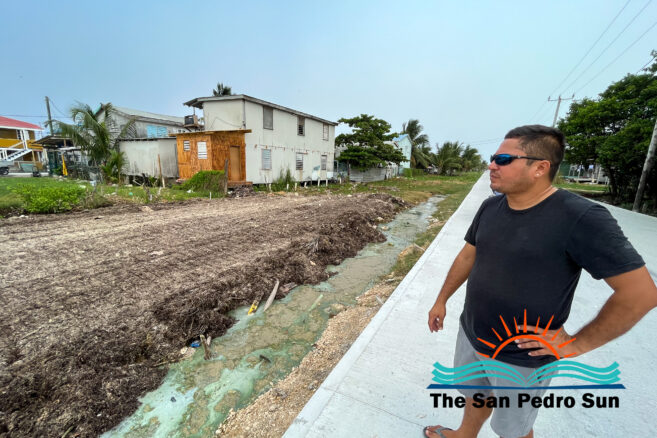
The SPTC wants to emphasize the importance of getting the sargassum off the beach as soon as possible. It’s easier to pick up when it’s fresh, and it eliminates the smell. Sargassum putrefies the beach when it’s in the water for a day or more, so timely action is crucial.
Studies indicate that sargassum contains gas-filled nematocysts, allowing it to float. Ocean currents determine sargassum’s movement, which is how its path throughout the Caribbean is forecasted. Experts use satellite imagery to interpret ocean and atmospheric data, including currents, winds, etc.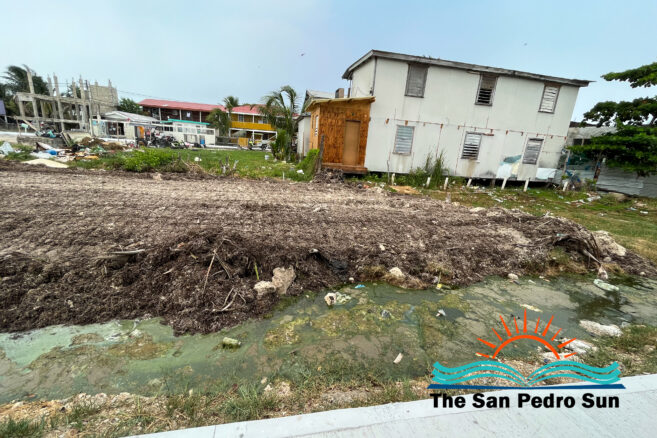
The coastal geography creates localized ocean conditions when sargassum patches approach land or reefs. At the same time, sargassum remains under the direct influence of the ocean currents before and after crossing the reef. Recent studies suggest that the shoreline is the only place where sargassum loses its influence from ocean currents and becomes subject to land geography.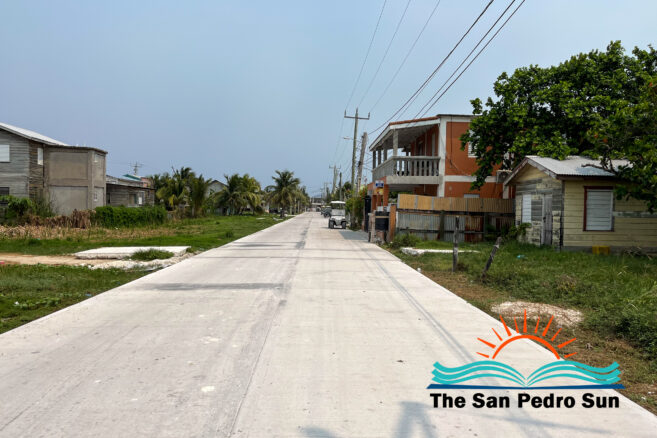
The SPTC has established a strategic landfill site in San Pedrito to improve management and resolve issues caused by sargassum. They are collaborating with the Department of Environment (DOE) and the National Sargassum Taskforce to research to ensure the community’s long-term well-being and health.
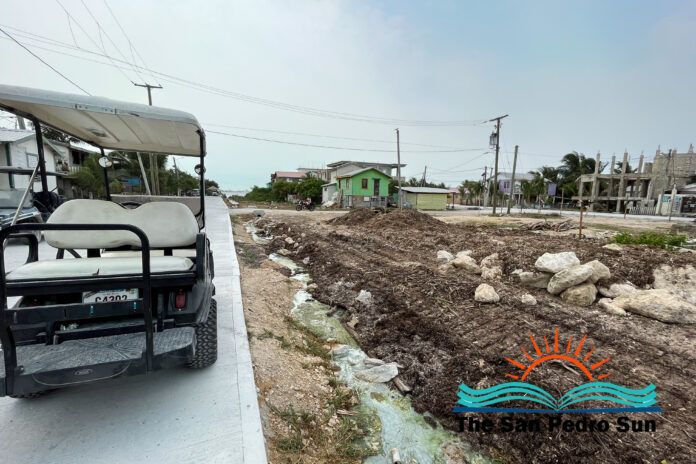
Share
Read more

